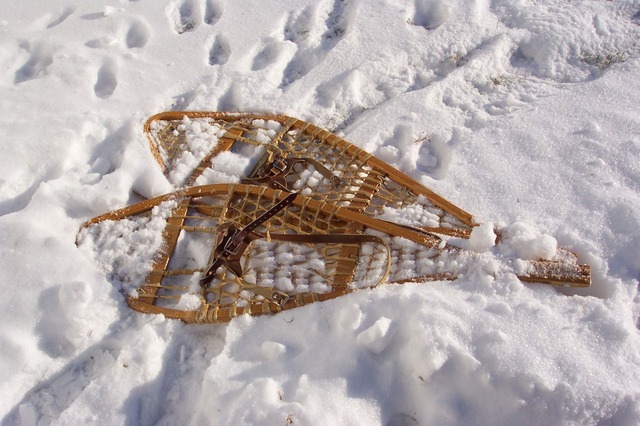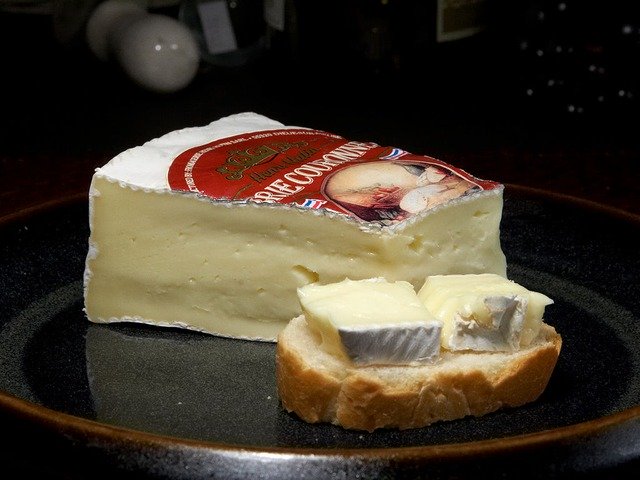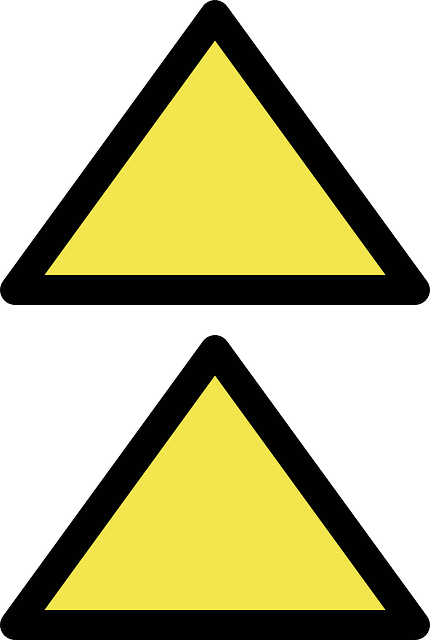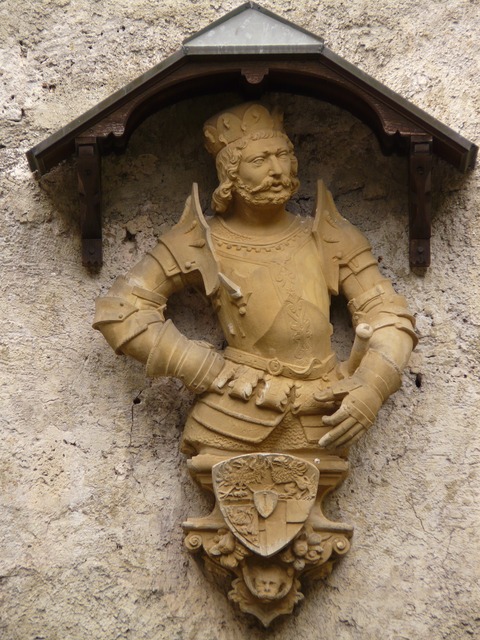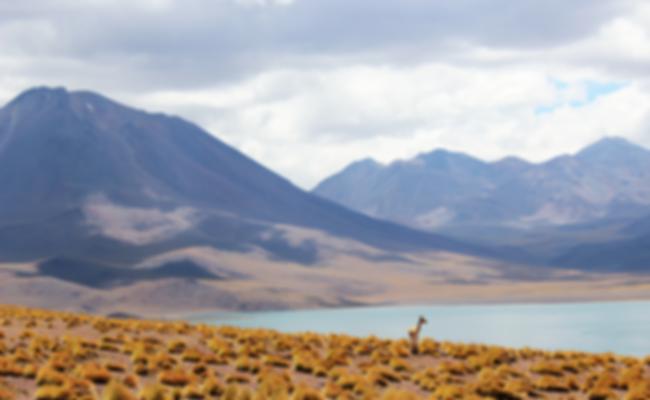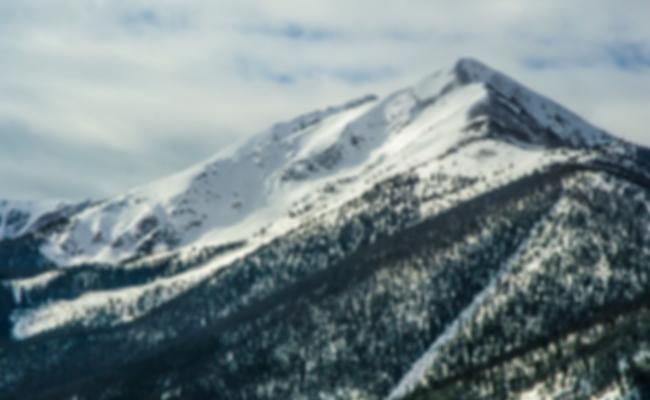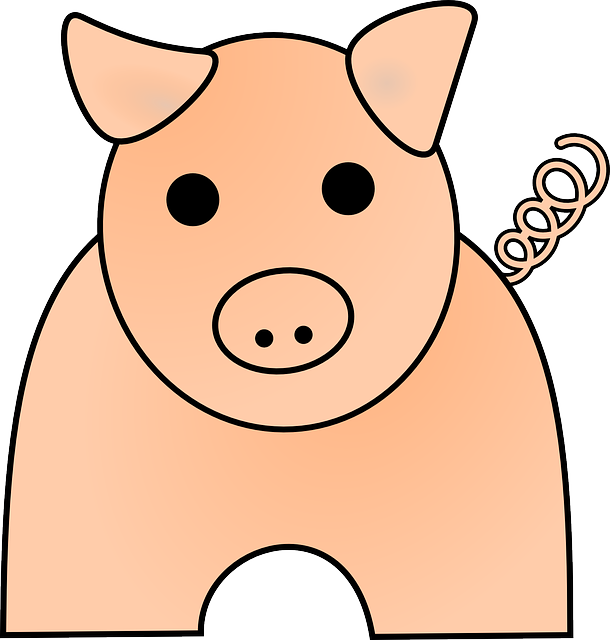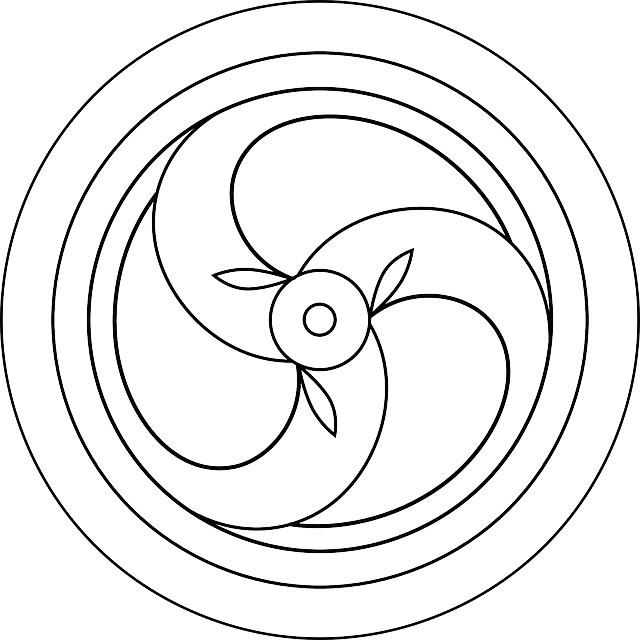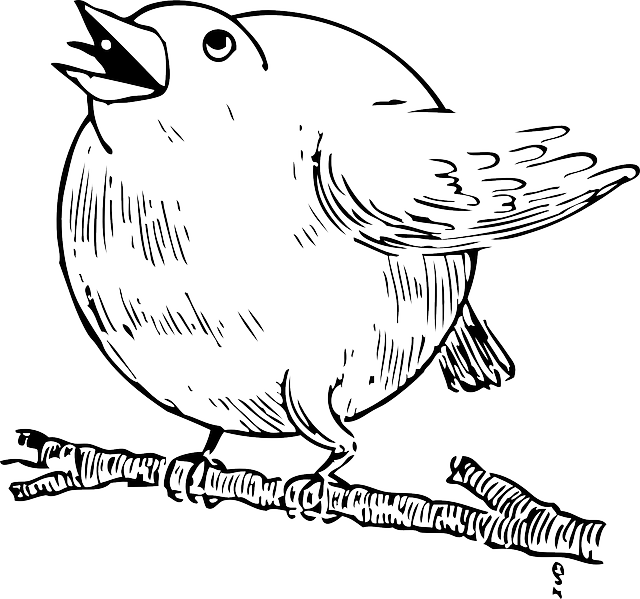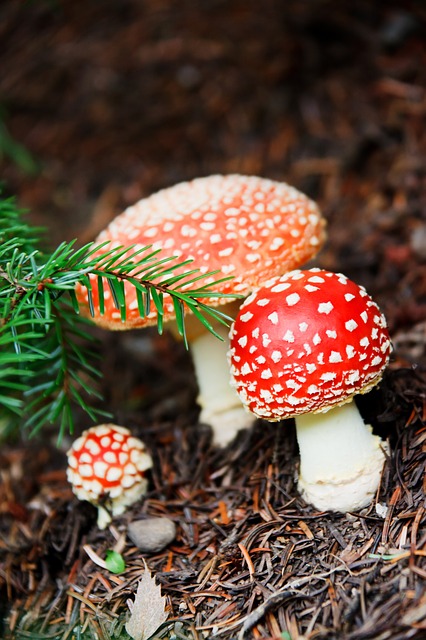الهندو-إيرانيون
|
مواضيع هندو-اوروبية |
|---|
| اللغات الهندو-اوروبية |
|
الألبانية • الأرمنية • البلطيقية الكلتية • الجرمانية • اليونانية الهندو-إيرانية (الهندو-آرية, الإيرانية) الإيطالية • السلاڤية منقرضة: الأناضولية •
البلقانية القديمة (الداتشية, |
| الشعوب الهندو-اوروبية |
|
الألبان • الأرمن البلط • الكلت • الشعوب الجرمانية اليونان • الهندو-آريون الإيرانيون • اللاتين • السلاڤ تاريخياً: الأناضوليون (الحيثيون, لويون) |
| الهندو-اوروبية الأولية |
|
اللغة • المجتمع • الديانة |
|
فرضية الكورگان الأناضول • أرمنيا • الهند • PCT |
| الدراسات الهندو-اوروبية |
الشعوب الهندو-إيرانية Indo-Iranian أوIndo-Iranic، وأحياناً بإسم آريا Arya أوالآريون من تعريفهم الذاتي، كانوا جماعة لغوية عرقية جلبوا اللغات الهندو-إيرانية، التي كانت فرعاً رئيسياً من عائلة اللغات الهندو-أوروپية، إلى أجزاء رئيسية في أوراسيا.
التوسع
الموجة الأولى – الهندو-آريون
ميتاني الأناضول
الميتانـّي، وهم شعب يُعهد في شرق الأناضول منذ حوالي 1500 ق.م.، كان من أصول مختلطة: a Hurrian-speaking majority was dominated by a non-Anatolian, Indo-Aryan elite.
شبه القارة الهندية – الثقافة الڤيدية
The standard model for the entry of the Indo-European languages into the Indian subcontinent is that this first wave went over the Hindu Kush, either into the headwaters of the Indus and later the Ganges. The earliest stratum of Vedic Sanskrit, preserved only in the Rigveda, is assigned to roughly 1500 BC. From the Indus, the Indo-Aryan languages spread from c. 1500 BC to c. 500 BC, over the northern and central parts of the subcontinent, sparing the extreme south. The Indo-Aryans in these areas established several powerful kingdoms and principalities in the region, from south eastern Afghanistan to the doorstep of Bengal. The most powerful of these kingdoms were the post-Rigvedic Kuru (in Kurukshetra and the Delhi area) and their allies the Pañcālas further east, as well as Gandhara and later on, about the time of the Buddha, the kingdom of Kosala and the quickly expanding realm of Magadha. The latter lasted until the 4th century BC, when it was conquered by Chandragupta Maurya and formed the center of the Mauryan empire.
In eastern Afghanistan and southwestern Pakistan, whatever Indo-Aryan languages were spoken there were eventually pushed out by the Iranian languages. Most Indo-Aryan languages, however, were and still are prominent in the rest of the Indian subcontinent. Today, Indo-Aryan languages are spoken in India, Pakistan, Bangladesh, Nepal, Sri Lanka, Fiji, Suriname and the Maldives.
الموجة الثانية – الإيرانيون
The second wave is interpreted as the Iranian wave. The first Iranians to reach the Black Sea may have been the Cimmerians in the 8th century BC, although their linguistic affiliation is uncertain. They were followed by the Scythians, who are considered a western branch of the Central Asian Sakas. Sarmatian tribes, of whom the best known are the Roxolani (Rhoxolani), Iazyges (Jazyges) and the Alani (Alans), followed the Scythians westwards into Europe in the late centuries BC and the 1st and 2nd centuries AD (The Age of Migrations). The populous Sarmatian tribe of the Massagetae, dwelling near the Caspian Sea, were known to the early rulers of Persia in the Achaemenid Period. At their greatest reported extent, around 1st century AD, the Sarmatian tribes ranged from the Vistula River to the mouth of the Danube and eastward to the Volga, bordering the shores of the Black and Caspian seas as well as the Caucasus to the south. In the east, the Saka occupied several areas in Xinjiang, from Khotan to Tumshuq.
الآثار
الثقافات الأثرية المقترنة بالتوسع الهند-إيراني تضم:
- أوروپا
- Poltavka culture (2700–2100 BC)
- آسيا الوسطى
-
Andronovo horizon (2200–1000 BC)
- Sintashta-Petrovka-Arkaim (2200–1600 BC)
- Alakul (2100–1400 BC)
- Fedorovo (1400–1200 BC)
- Alekseyevka (1200–1000 BC)
- Bactria-Margiana Archaeological Complex (2200–1700 BC)
- Srubna culture (2000–1100 BC)
- Abashevo culture (1700–1500 BC)
- Yaz culture (1500–1100 BC)
-
Andronovo horizon (2200–1000 BC)
- الهند (سهول الگنج الأوسط)
- Painted Gray Ware culture (1100–350 BC)
- Iran
- Early West Iranian Grey Ware (1500–1000 BC)
- Late West Iranian Buff Ware (900–700 BC)
- شبه القارة الهندية
- Swat culture (1600–500 BC)
- Cemetery H culture (1900–1300 BC)
Parpola (1999) يقترح التمييزات التالية:
| النطاق الزمني | الثقافة الأثرية | التمييز المقترح من پارپولا |
|---|---|---|
| 2800–2000 BC | late Catacomb and Poltavka cultures | late PIE to Proto–Indo-Iranian |
| 2000–1800 BC | Srubna and Abashevo cultures | إيرانية-أولية |
| 2000–1800 BC | Petrovka-Sintashta | Proto–Indo-Aryan |
| 1900–1700 BC | BMAC | "Proto-Dasa" Indo-Aryans establishing themselves in the existing BMAC settlements, defeated by "Proto-Rigvedic" Indo-Aryans around 1700 |
| 1900–1400 BC | Cemetery H | داسا الهندية |
| 1800–1000 BC | Alakul-Fedorovo | Indo-Aryan, including "Proto–Sauma-Aryan" practicing the Soma cult |
| 1700–1400 BC | ثقافة سوات المبكرة | Proto-Rigvedic = Proto-Dardic |
| 1700–1500 BC | late BMAC | "Proto–Sauma-Dasa", assimilation of Proto-Dasa and Proto–Sauma-Aryan |
| 1500–1000 BC | Early West Iranian Grey Ware | Mitanni-Aryan (offshoot of "Proto–Sauma-Dasa") |
| 1400–800 BC | late Swat culture and Punjab, Painted Grey Ware | late Rigvedic |
| 1400–1100 BC | Yaz II-III, Seistan | Proto-Avestan |
| 1100–1000 BC | Gurgan Buff Ware, Late West Iranian Buff Ware | Proto-Persian, Proto-Median |
| 1000–400 BC | Iron Age cultures of Xinjang | ساكا-الأولية |
اللغة
The Indo-European language spoken by the Indo-Iranians in the late 3rd millennium BC was a Satem language still not removed very far from the Proto-Indo-European language, and in turn only removed by a few centuries from Vedic Sanskrit of the Rigveda. The main phonological change separating Proto–Indo-Iranian from Proto–Indo-European is the collapse of the ablauting vowels *e, *o, *a into a single vowel, Proto–Indo-Iranian *a (but see Brugmann's law). Grassmann's law and Bartholomae's law were also complete in Proto–Indo-Iranian, as well as the loss of the labiovelars (kw, etc.) to k, and the Eastern Indo-European (Satem) shift from palatized k' to ć, as in Proto–Indo-European *k'ṃto- > Indo-Iran. *ćata- > Sanskrit śata-, Old Iran. sata "100".
بين تغير الأصوات من الهندو-إيرانية-الأولية إلى الهندو-آرية نجد فقدان the voiced sibilant *z, بين أولئك إلى الإيرانية نجد the de-aspiration of the PIE voiced aspirates.
الدين
Despite the introduction of later Hindu and Zoroastrian scriptures, Indo-Iranians shared a common inheritance of concepts including the universal force *Hṛta- (Sanskrit rta, Avestan asha), the sacred plant and drink *sawHma- (Sanskrit Soma, Avestan Haoma) and gods of social order such as *mitra- (Sanskrit Mitra, Avestan and Old Persian Mithra, Miϑra) and *bʰaga- (Sanskrit Bhaga, Avestan and Old Persian Baga). Proto-Indo-Iranian religion is an archaic offshoot of Indo-European religion. From the various and dispersed Indo-Iranian cultures, a set of common ideas may be reconstructed from which a common, unattested proto-Indo-Iranian source may be deduced.
الجينات
R1a1a (R-M17 or R-M198) is the sub-clade most commonly associated with Indo-European speakers. Most discussions purportedly of R1a origins are actually about the origins of the dominant R1a1a (R-M17 or R-M198) sub-clade. Data so far collected indicates that there are two widely separated areas of high frequency, one in the Indian subcontinent, around North India, and the other in Eastern Europe, around Poland and Ukraine.[] The historical and prehistoric possible reasons for this are the subject of on-going discussion and attention amongst population geneticists and genetic genealogists, and are considered to be of potential interest to linguists and archaeologists also.
Out ofعشرة human male remains assigned to the Andronovo horizon from the Krasnoyarsk region,تسعة possessed the R1a Y-chromosome haplogroup and one C-M130 haplogroup (xC3). mtDNA haplogroups of nine individuals assigned to the same Andronovo horizon and region were as follows: U4 (2 individuals), U2e, U5a1, Z, T1, T4, H, and K2b.
A 2004 study also established that during the Bronze Age/Iron Age period, the majority of the population of Kazakhstan (part of the Andronovo culture during Bronze Age), was of west Eurasian origin (with mtDNA haplogroups such as U, H, HV, T, I and W), and that prior to the 13th–7th century BC, all Kazakh samples belonged to European lineages.
انظر أيضاً
- اللغة الهندو-إيرانية-الأولية
- Satemization
- الديانة الهندو-إيرانية-الأولية
- آريانا
- آرياڤارتا
ملاحظات
الهامش
- ^ Naseer Dashti (8 October 2012). . Trafford Publishing. ISBN .
- ^ Christopher I. Beckwith (2009), Empires of the Silk Road, Oxford University Press, p.30
- ^ Gening, V.F. The Cemetery at Sintashta and the Early Indo-Iranian People. Journal of Indo-European Studies 7, 1979, 1–29; cf. Gening, Mogil'nik Sintashta i problema rannikh Indoiranskikh plemen. Sovietskaya Arkheologiya 1977, 53–73
- ^ نطقب:Harvcolnb
- ^ Rigveda – Britannica Online Encyclopedia
-
^ خطأ استشهاد: وسم
<ref>غير سليم؛ لا نص تم توفيره للمراجع المسماةjpm - ^ Apollonius (Argonautica, iii) envisaged the Sauromatai as the bitter foe of King Aietes of Colchis (modern Georgia).
- ^ Gnoli, Gherardo (March 29, 2012). "INDO-IRANIAN RELIGION". Encyclopædia Iranica. Retrieved July 10, 2018.
- ^ Lalueza-Fox, C.; Sampietro, M. L.; Gilbert, M. T.; Castri, L.; Facchini, F.; Pettener, D.; Bertranpetit, J. (2004). "Unravelling migrations in the steppe: Mitochondrial DNA sequences from ancient central Asians". Proceedings. Biological Sciences. 271 (1542): 941–947. doi:10.1098/rspb.2004.2698. PMC 1691686. PMID 15255049.
المصادر
- Anthony, David W. (2007), The Horse The Wheel And Language. How Bronze-Age Riders From the Eurasian Steppes Shaped The Modern World, Princeton University Press
- Bryant, Edwin (2001), The Quest for the Origins of Vedic Culture: The Indo-Aryan Migration Debate, Oxford University Press, ISBN 978-0-19-513777-4
- Burrow, T. (1973), "The Proto-Indoaryans", Journal of the Royal Asiatic Society of Great Britain and Ireland (2): 123–140
- Diakonoff, Igor M.; Kuz'mina, E. E.; Ivantchik, Askold I. (1995), "Two Recent Studies of Indo-Iranian Origins", Journal of the American Oriental Society (American Oriental Society) 115 (3): 473–477, doi:.
- Jones-Bley, K.; Zdanovich, D. G. (eds.), Complex Societies of Central Eurasia from the 3rd to the 1st Millennium BC, 2 vols, JIES Monograph Series Nos. 45, 46, Washington D.C. (2002), ISBN 0-941694-83-6, ISBN 0-941694-86-0.
- Kuz'mina, Elena Efimovna (1994), Откуда пришли индоарии? (Whence came the Indo-Aryans), Moscow: Российская академия наук (Russian Academy of Sciences).
- Kuz'mina, Elena Efimovna (2007), Mallory, James Patrick, ed., The Origin of the Indo-Iranians, Leiden Indo-European Etymological Dictionary Series, Leiden: Brill
- Mallory, J.P. (1989), In Search of the Indo-Europeans: Language, Archaeology, and Myth, London: Thames & Hudson.
- Mallory, J. P.; Adams, Douglas Q. (1997), "Indo-Iranian Languages", Encyclopedia of Indo-European Culture, Fitzroy Dearborn.
- Mallory, J. P.; Mair, Victor H. (2000), The Tarim Mummies: Ancient China and the Mystery of the Earliest People from the West, London: Thames & Hudson.
- Parpola, Asko (1999), "The formation of the Aryan branch of Indo-European", in Blench, Roger; Spriggs, Matthew, Archaeology and Language, III: Artefacts, languages and texts, London and New York: Routledge.
- Sulimirski, Tadeusz (1970), Daniel, Glyn, ed., The Sarmatians, Ancient People and Places, Thames & Hudson, ISBN 0-500-02071-X
- Witzel, Michael (2000), "The Home of the Aryans", in Hintze, A.; Tichy, E., Anusantatyai. Fs. für Johanna Narten zum 70. Geburtstag, Dettelbach: J.H. Roell, pp. 283–338.
- Chopra, R. M., "Indo-Iranian Cultural Relations Through The Ages", Iran Society, Kolkata, 2005.
وصلات خارجية
- The Origin of the Pre-Imperial Iranian People by Oric Basirov (2001)
- The Origin of the Indo-Iranians Elena E. Kuz'mina. Edited by J.P. Mallory (2007)


